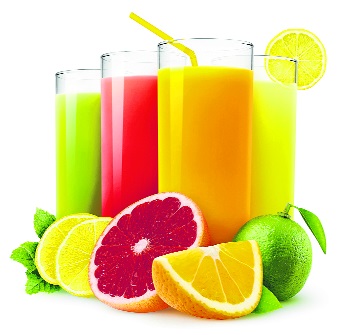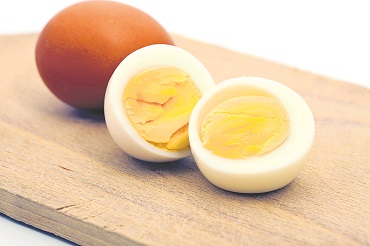
Dr. Mahesh Hiranandani
Most parents are generally confused and worried about what to feed their toddlers. Thanks to unmindful eating habits and myths associated with several foods, a large number of urban children suffer from obesity. Let's sift facts from myths and find out what will make your little one healthy.
Myth: Milk is a complete nutrition for a growing child
Fact: Only humans consume milk beyond infancy. A number of childhood maladies are a result of this habit. Mother's milk is the ideal nutrition at the start, but it fails to provide optimum calories, proteins, vitamin D, iron, zinc, etc., once the child turns six months old. All these vitamins are crucial for growth. All other foods (cereals, pulses, vegetables, fruits, nuts and poultry) provide more nutrients than milk on weight to volume basis. Drinking milk does not reduce the risk of fractures; in fact drinking too much of it could lead to anaemia and obesity.
 Myth: Fruit juice is good for health
Myth: Fruit juice is good for health
Fact: A glass of juice is about 8 tea spoons sugar dissolved in plain water. It provides empty calories with no fibre. Researchers have proven that a glass of juice consumed per day raises the risk of obesity. It is high time parents understood this fact and stopped coaxing their children to have juices, even if freshly squeezed. Offer fresh, fibrous fruits instead. Whole fruit smoothies with nuts are a far healthier option.
Myth: Food pyramid should be your ‘ready health reckoner’
Fact: A food pyramid is a food triangle released by USFDA in 1992, claiming it to be the perfect way to build your diet. Well, you can't go more wrong than loading up with breads and pasta/rice, generous portions of fruits and vegetables and rounding it off with proteins from sources like dairy, meat, nuts and beans. Researchers have proven that this blanket approach may not be correct as different bodies respond differently to different food groups. Moreover, a stable source of calories for one person can actually destabilise the sugar balance for the other.

Myth: 5-9 servings of a variety of colourful raw vegetables is key to healthy living
Fact: Excess of anything is bad, so limitless veggies and fruits will leave no scope to get nutrition from other groups, not to mention the bloating it can cause. Half a plate of veggies and fruit is an appropriate portion size. Not all nutrients get destroyed by cooking. In fact, breaking up of the plant cell wall by cooking makes the food easier to digest. The lycopene content in tomatoes gets enhanced by heat. Research has shown that frozen vegetables are just as healthy as the fresh ones, sometimes even healthier. Fresh or frozen are certainly better than preservative-rich canned ones.
Myth: Spinach is the richest source of iron
Fact: For many decades we have been pushing spinach down into the tummies of our children, considering it a rich source of iron. The fact is, one would need to eat a large amount of spinach to get the daily dose of iron from the veggie alone. And because of the high phytate content of spinach, very little iron is absorbed from it. In fact, the leaves of cauliflower, turnip and beetroot are a rich source of iron and should be consumed more often. For meat lovers, red meat, liver and eggs are unmatched sources of iron.
Myth: Cereals best breakfast to kick start your day
Fact: Exploited endlessly by cereal companies, whose business depends on convincing people that breakfast means eating “ready to eat” cereals. Studies have shown that any eating pattern can promote good health if it provides vegetables and fruits, balances calories and does not include refined sugars or fats. So if you wake up hungry, a healthy breakfast will kick start your day perfectly. If not, eat when you are hungry.
 Myth: Eggs are unhealthy because they raise cholesterol
Myth: Eggs are unhealthy because they raise cholesterol
Fact: The only fat that eggs contain is cholesterol, which is better than unhealthy saturated fats. It is vital for brain development in children. Also containing iron and calcium, the egg protein is the best reference protein, which makes it a super food.
Myth: Once a food is rejected by a child, do not offer again
Fact: Neophobia (Fear of new tastes) affects not only infants but adults too. Research shows that a toddler may need up to 15 exposures to a new food item before accepting it. So, be prepared to take “no” and persist until the baby finally say “yes”. There is no hurry to rush with too much of variety as it may result in a “taste jam”. Whatever foods are liked by a child by the age of four, they are likely to stay as his favourite.
— The writer is head of paediatrics, Cloudnine Group of Hospitals, Chandigarh
Join Whatsapp Channel of The Tribune for latest updates.



























